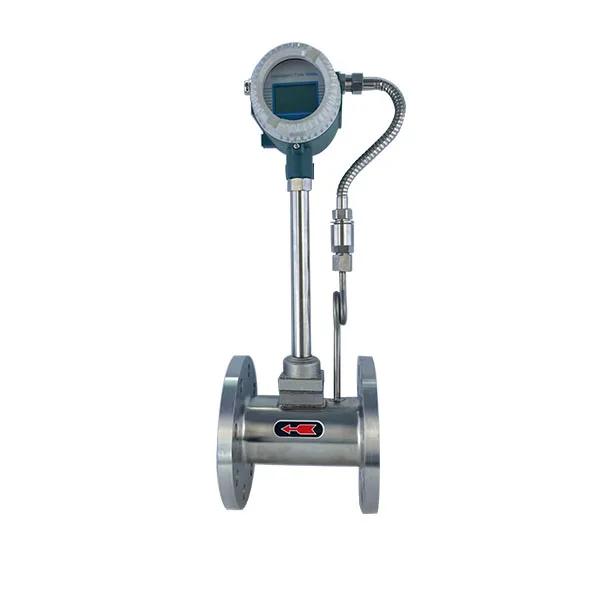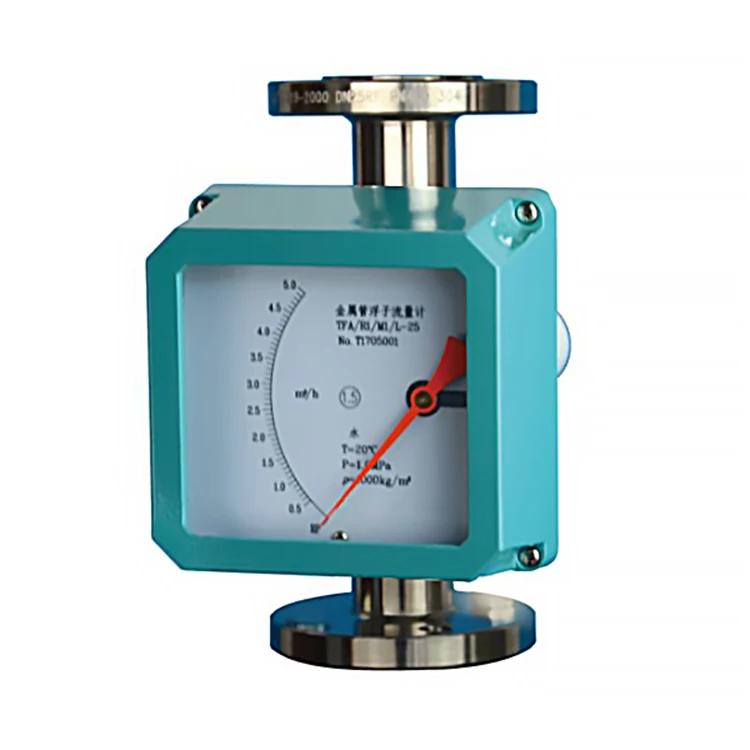In the realm of industrial measurement and control, precision is paramount. Among the myriad of tools that ensure operational efficiency, the handheld air flow meter stands out as a versatile and indispensable instrument. These compact devices have evolved from simple air velocity indicators to sophisticated gadgets capable of real-time monitoring, data logging, and remote communication. As industries strive for optimization and safety, the selection and application of the right handheld air flow meter have become increasingly crucial.
Selecting the ideal handheld air flow meter starts with a clear understanding of your application's requirements. Consider the fluid's type (gas or liquid), temperature range, pressure conditions, and desired accuracy level. Environmental factors like dust, humidity, and corrosive substances also play a role in determining the device's material compatibility and protection rating (IP rating). Moreover, ease of use, battery life, and data transfer capabilities should align with your workflow demands, ensuring seamless integration into your existing systems.

Handheld air flow meters have transformed the way industries manage their processes. They empower technicians to perform on-the-spot measurements, quickly identifying inefficiencies in ventilation systems, pneumatic equipment, and HVAC units. This immediate feedback loop enables prompt corrective actions, leading to energy savings, reduced downtime, and optimized process control. In pollution control and environmental monitoring, these devices aid in measuring emissions and ensuring compliance with regulatory standards, thereby contributing to sustainable operations.

The benefits of incorporating a handheld air flow meter into on-site analysis extend beyond mere convenience. They facilitate rapid diagnostics, allowing for adjustments during commissioning, maintenance, or troubleshooting without disrupting operations. By providing real-time data, they enhance decision-making, supporting dynamic process adjustments that can significantly improve product quality and manufacturing efficiency. Furthermore, their portability makes them invaluable for conducting surveys in large facilities or hard-to-reach areas, ensuring comprehensive system evaluations.

When seeking high-performance handheld air flow meters, several key features are non-negotiable. Look for:
Accuracy and Resolution: Precise measurements are fundamental. Ensure the device offers a high degree of accuracy and resolution suitable for your specific application.
Versatility: A meter capable of measuring multiple parameters (e.g., velocity, volume flow, temperature) enhances its utility across various applications.
User Interface: Intuitive controls and clear displays simplify operation, reducing training time and minimizing errors.
Durability: Rugged construction and weatherproofing are essential for withstanding harsh industrial environments.
Data Management: Advanced models with Bluetooth or Wi-Fi connectivity allow for easy data transfer to smartphones, tablets, or computers, facilitating efficient record-keeping and analysis.
Universities,research institutes companies based technology mains clients ourflowmeter. Handheld air flow meter20,000 customersacrossworldsexportmore60 countries
company's main products includes ultrasonic flow meters, electromagnetic flow meters, vortex flow meters,differential pressure flow meters, floating flow meters pressure transmitters, Handheld air flow meter gasanalyzers, thermocouples water quality analyzers.
company received certifications ISO9001, CE, SGS SGS, among others. holds several patents, like magnetic suction sensors,Handheld air flow meter, well as high-temperature equipment analyzing water quality that protected by independent intellectual property rights.
3000 square-meter factory six product lines, which include more 40 product types more 100 models. employed fields Handheld air flow meter, semiconductors, environment protection, metallurgy, natural gas, petroleum, medical.
Workplace safety is a cornerstone of industrial operations, and handheld air flow meters contribute significantly to this effort. In hazardous environments, they monitor airflow in ventilation systems, preventing the accumulation of flammable gases or toxic fumes. They also play a critical role in indoor air quality assessments, ensuring a healthy work environment by detecting pollutants and inadequate ventilation. With built-in alarms and threshold alerts, these meters promptly notify personnel of unsafe conditions, empowering them to take preventive measures before incidents occur.
Moreover, by reducing the need for manual intervention in potentially dangerous settings, handheld air flow meters minimize exposure risks for workers, thereby aligning with the industry's push towards automation and remote monitoring for enhanced safety.
In conclusion, the handheld air flow meter is more than a mere diagnostic tool; it's a catalyst for efficiency, safety, and sustainability in modern industrial ecosystems. Its evolution mirrors the industry's drive towards smarter, more agile practices, underscoring the importance of selecting and deploying these instruments thoughtfully. As technology advances, so too does the potential of these devices to reshape how we measure, analyze, and ultimately, optimize our industrial processes.
Copyright © Weibao Information Technology (Shanghai) Co,Ltd. All Rights Reserved